Jaguar I-PACE SUV (2018 - ) Electric review
The Jaguar I-Pace is an all-electric SUV offering huge performance, an impressive real-world driving range and serious desirability – updates for the 2021 model year improve charging speed and onboard tech
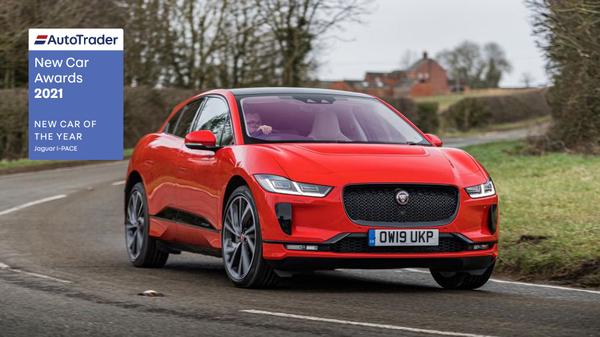

Words by: Ivan Aistrop

Additional words by: Dan Trent
Last updated on 5 January 2021 | 0 min read
The Autotrader expert verdict:
There’s no denying that the I-Pace is an impressive technological achievement by Jaguar. The performance is sensational, it’s good to drive, enormously practical, high in quality and very desirable. And crucially, the impressive real-world range makes electric motoring a viable option for a lot more people. New features for the 2021 model year include a slicker infotainment system with more connected features to keep pace with rivals like the Polestar 2, Audi E-Tron, Mercedes-Benz EQC and Tesla Model X.
Reasons to buy:
- Huge performance
- Long range for an electric car
- Very roomy inside
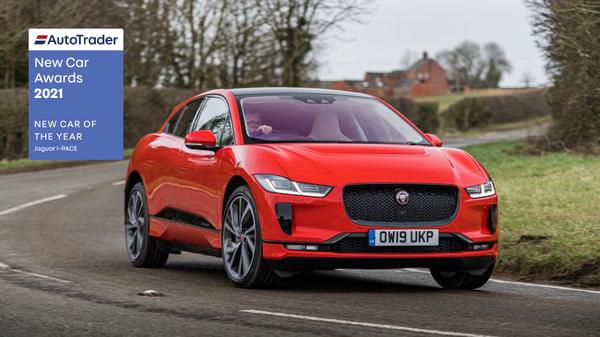
Running costs for a Jaguar I-PACE
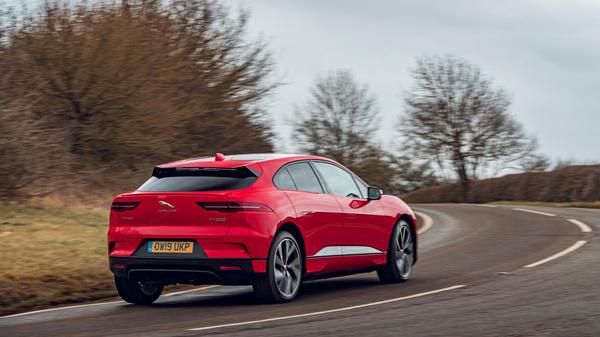
Reliability of a Jaguar I-PACE
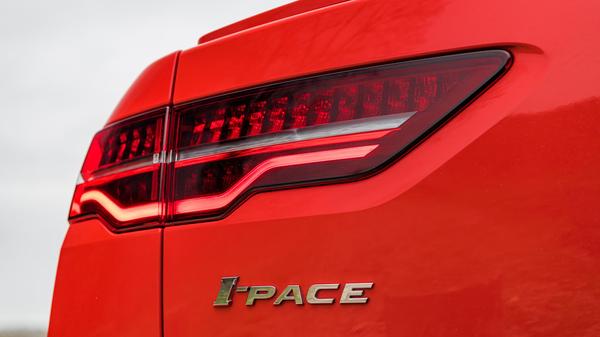
Safety for a Jaguar I-PACE
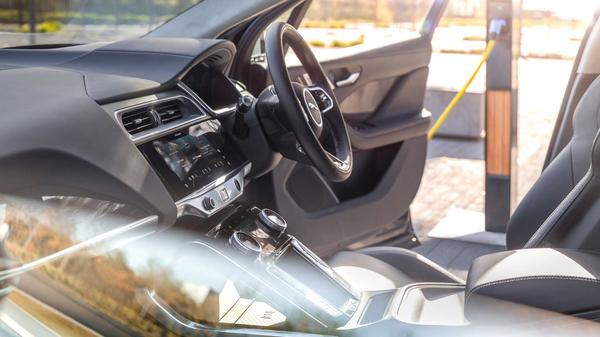
How comfortable is the Jaguar I-PACE
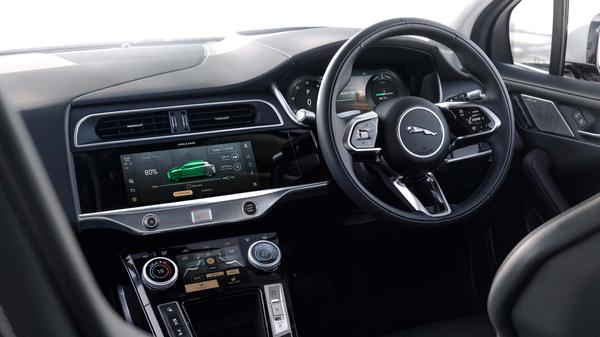
Features of the Jaguar I-PACE
